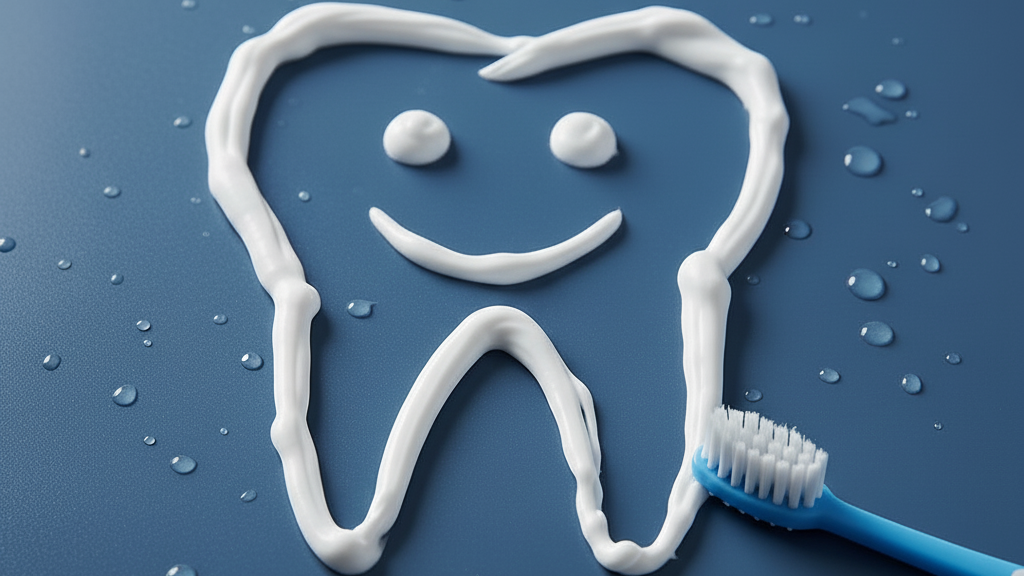You brush your teeth every morning and night, likely with a product containing fluoride. But have you ever stopped to think about what this seemingly basic ingredient actually is and why it's in nearly every major toothpaste brand? For many, fluoride is just a word on a tube, but it’s a fundamental component of modern oral hygiene. This article cuts through the confusion and marketing jargon to give you a straightforward, no-nonsense look at fluoride. We'll cover everything from how much is safe to the different sources—so you can understand what you're putting in your mouth and why.
Fluoride is the ionic form of the naturally occurring element fluorine. It is a trace mineral, meaning the body requires only small amounts, but it’s fundamental to our physical structure. Crucially, fluoride is naturally found in the body, with about 95% of the total amount concentrated in the bones and teeth. It works to strengthen the mineral structure of tooth enamel, providing a vital defense against the acids that cause tooth decay.
What is Fluoride?
Fluoride is an essential mineral recognized primarily for its role in dental health. While often associated with toothpaste and water additives, it is a naturally occurring substance found within the human body, particularly integrated into the crystalline structure of our teeth and bones.
Fluoride is a mineral that exists naturally in the environment and, consequently, in the food chain. Natural concentrations are found in: Water (all natural sources), Black Tea (absorbed by the leaves), Coffee, and various Seafood (crab, prawns). It is also present in foods like potatoes, raisins, and spinach. These foods offer natural fluoride intake, independent of municipal water fluoridation.
What does Fluoride do to your teeth?
The primary function of fluoride is to stop and reverse the earliest stages of tooth decay. Every time you eat, bacteria produce acid that pulls essential minerals out of your enamel—a process called demineralization. Fluoride enhances remineralization, speeding up the natural process where calcium and phosphate from saliva are returned to the tooth. By rapidly rebuilding and repairing these microscopic acid-induced weaknesses, fluoride effectively "heals" the tooth surface before a small spot of decay can turn into a full-blown cavity.
Is Fluoride safe?
Fluoride works safely when used topically (on your teeth), so the best practice is to brush and then spit out the excess. This allows the fluoride to strengthen your enamel while avoiding swallowing a high dose. The only real risk comes from ingesting large amounts of concentrated fluoride. For a child, the dose required to cause serious sickness is enormous—about 75 mg of fluoride for a 15 kg child—a quantity far beyond what's used during normal brushing. Following instructions makes fluoride safe and effective.
Your dentist advises twice-daily brushing with a fluoride toothpaste, using concentrations tailored to age. Children under 6 years old should use a toothpaste containing approximately 1000 ppm (parts per million) of fluoride, with only a smear (rice grain size) for toddlers and a pea-sized amount for preschoolers. For individuals 6 years and older, including all adults, a higher concentration of around 1450 ppm is recommended, applied in a pea-sized amount. Always ensure children spit out the paste to prevent excess ingestion.


